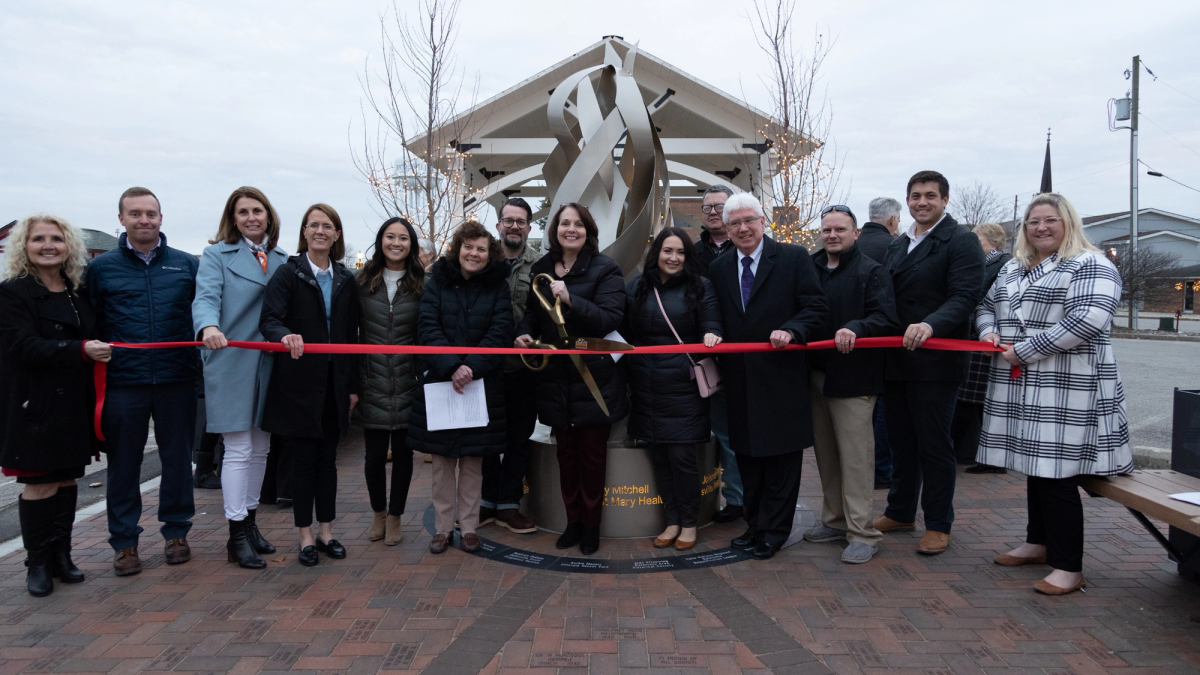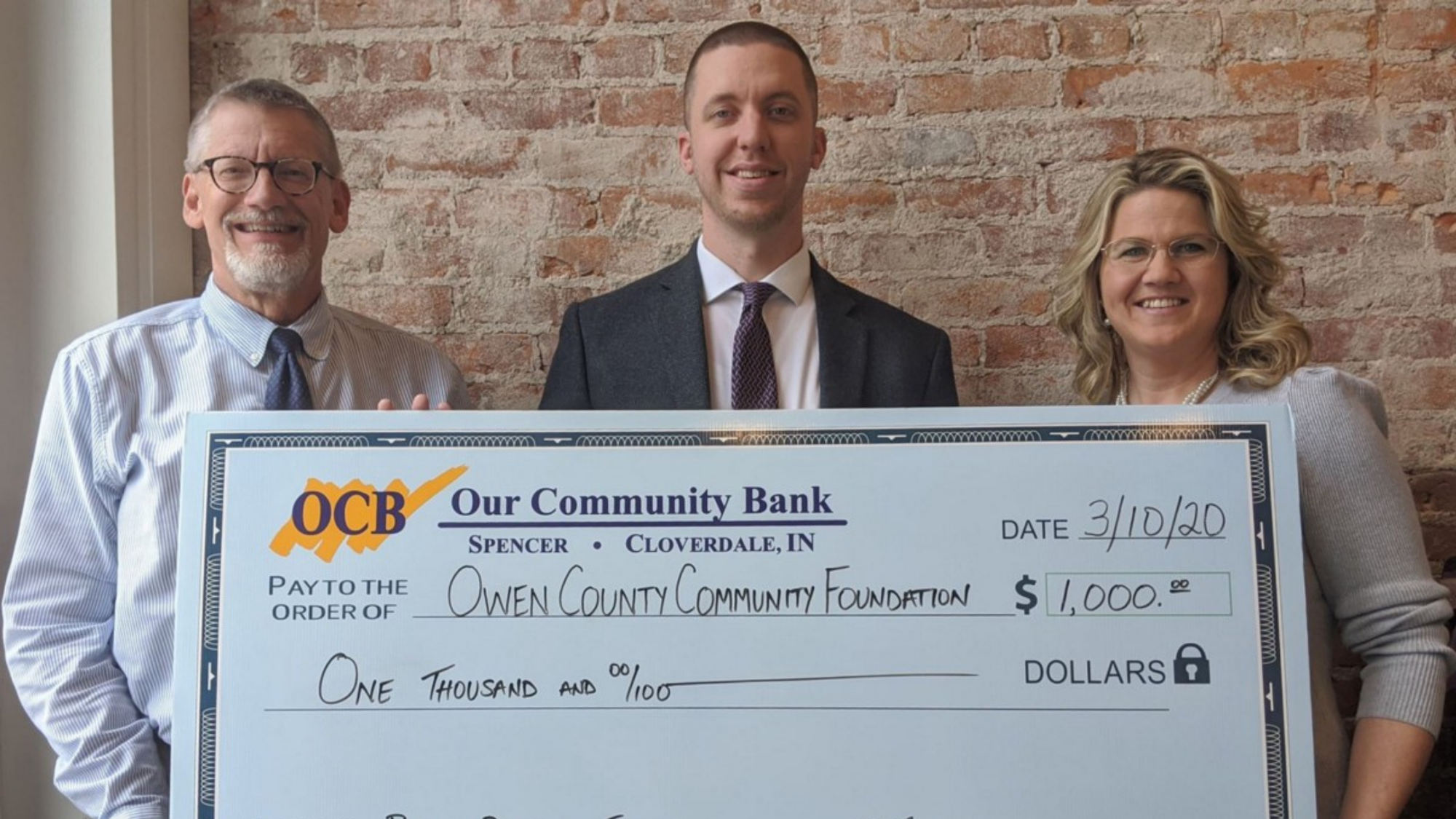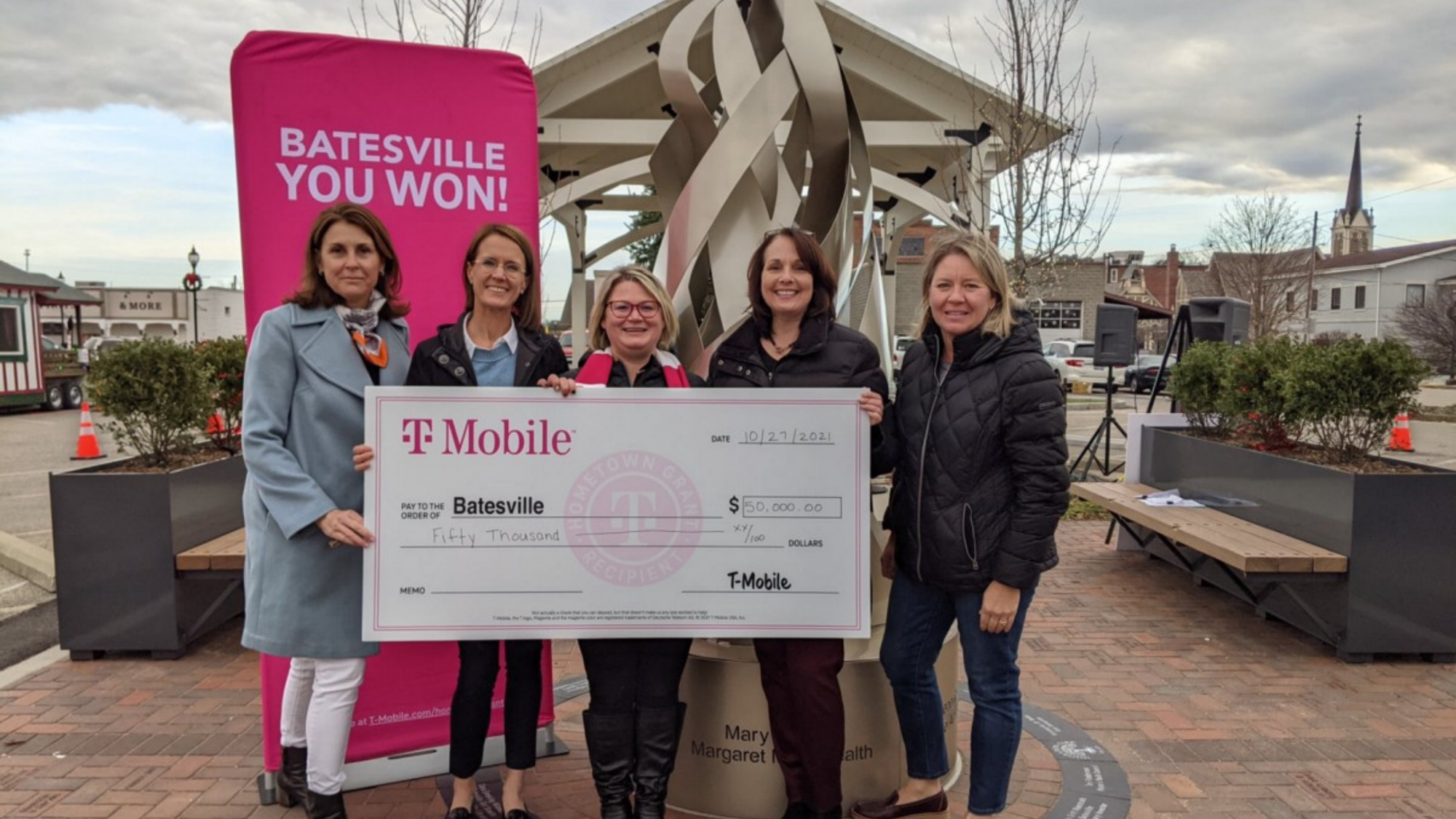
How to Identify Funding Sources for Your Project
So, you have a great idea for a project, and maybe you even have a fully-fledged plan to make it happen. The only thing that is missing… the funding.
So, you have a great idea for a project, and maybe you even have a fully-fledged plan to make it happen. The only thing that is missing… the funding.
Crowdfunding and traditional fundraising are great tools to close the gap for project funding. Even better, when you use these methods for the final funds to complete a project, it creates a natural sense of urgency and allows you to say, “If we hit our goal, we will be able to make this a reality.”
In this article, we will give you the framework to identify and organize a list of funding sources for your project. This framework will allow your team to develop funding sources collectively. Once you complete this process, you and your team will have thought of all the possible people and organizations to reach out to for support when you are ready to launch your crowdfunding campaign.
While it may seem simple and old-fashioned, one of the best ways to find success in your fundraising efforts is to make written lists of potential donors, or as we like to call them, patrons. This way, everyone on the team brings new potential funders to the table and helps to expand the reach of your efforts. The bigger the team, the bigger your network of potential funders to help you reach your goal.
Need to build your crowdfunding team? Learn more about How to Build a Powerhouse Crowdfunding Team.
This framework breaks potential funders into different target audience groups, starting with the largest groups with “deep pockets” and then moving into the smallest “close to home” funders.

The Heart of Owen County crowdfunding campaign received a generous donation from their local bank.
Institutions
These will be the legacy funders in your communities — think of banks, credit unions, hospitals or health systems, large corporate entities, and major employers in or around your community. Many are required to give back financially to local efforts, and if your project aligns with their mission or values, they would be happy to add their name as a contributing sponsor, donor, or patron to your project.
Franchises/Big-Box Retailers
Your local name-brand retailers usually have an incentive to give back and donate to causes locally — think Lowe’s, Home Depot, Little Caesars, Taco Bell, McDonalds, Build-A-Bear, etc. It is always a good idea to go in with a significant monetary ask and a clear explanation of what the funding or donation would provide and how they could be recognized for their contribution (i.e., local press write-up, sponsorship plaque, listed in a brochure with logo, etc.)

Batesville Main Street received a generous grant from T-Mobile to beautify its outdoor downtown spaces. The T-Mobile Hometown Grant was awarded to the organization on top of the funds raised on Patronicity ($86,600) and matched by the Indiana Housing & Community Development Authority ($50,000).
Established Community Organizations
Think your local United Way, Lions, Kiwanis, Rotary Clubs, and the like are all looking for ways to support local community efforts. It is worth asking, or asking who else could support this effort. If they are unable to support your cause, see if they have recommendations for other individuals or organizations to ask.
Business and Community/Economic Development Groups
Think of your local Downtown Development Authority (DDA), Chamber of Commerce, Community Foundations, or county-wide/regional economic development agencies. They are set up to support the growth of their community. All they need is a formalized “ask” most times.
Service Groups and Local Businesses
Think of your area’s church groups, community services groups, youth groups, block clubs, eagle/girl/boy scouts, and local businesses (locally owned coffee shops, restaurants, etc.). They could make great supporters of your work. These types of groups often create a larger value add in their partnership and will likely bring a whole new wing of outreach to the table. Sometimes, local restaurants and stores are even able to set up evening events where a portion of proceeds from sales/meals will go towards your project on a given night. You help them by bringing in more patrons, and they, in turn, support your cause.
Friends and Family
This is where a lot of your support will come from. Most of us are just waiting for a good opportunity to support our loved ones and just need a convenient avenue to do so. This is where crowdfunding becomes a particularly useful tool as you can post on your social media, or send a text or email with a link to your campaign, and people will have an easy way to give as soon as they are asked or given a “call to action.”
Events
Getting people together and having a platform to talk about your project and ask for support in real-time is a great way to gain support for your efforts. Hosting or jumping onto existing events to have a speaking platform creates a great opportunity to get a captive audience and drive donations.
The groups listed above form a solid framework from which you and your fundraising team can work. Try to create a significant list of people and organizations under these groups and have everyone on your team do the same. Then, work together to decide who your point of contact is, by what method you will reach out to them, a range of how much they could give, and at what time you’ll reach out.
It is a good idea to go to potential donors with an idea of an ask already in mind, especially for those “deep pocket” donors. This way, you can negotiate close to that amount. With friends and family, it’s a better idea just to ask and be surprised by their generosity. Be sure to ask for their financial support, and also for them to share the cause with their friends, neighbors, and colleagues, as well. A share doesn’t cost them any money but can greatly help you expand your reach.
A general guideline is to reach out to your closest and strongest supporters first. Then, once they have added some initial funds to the campaign and you have traction, you can make your “asks” of individuals or organizations that you’re less connected with that you’d like to reach. However, remember that some of the larger funders may need a little more time to get approvals for funding than your friends or local community organizations and businesses. Be sure to plan ahead and start those conversations early, as they take time to develop.
Now that you know what it takes to identify funding sources for your project, you can confidently create your list of potential patrons! Once you’re ready to launch, we’ll be here to provide support every step of the way.
Start your campaign today at patronicity.com.

